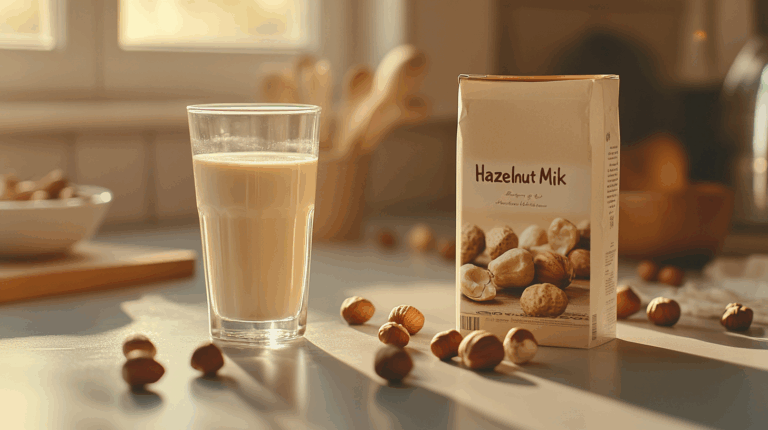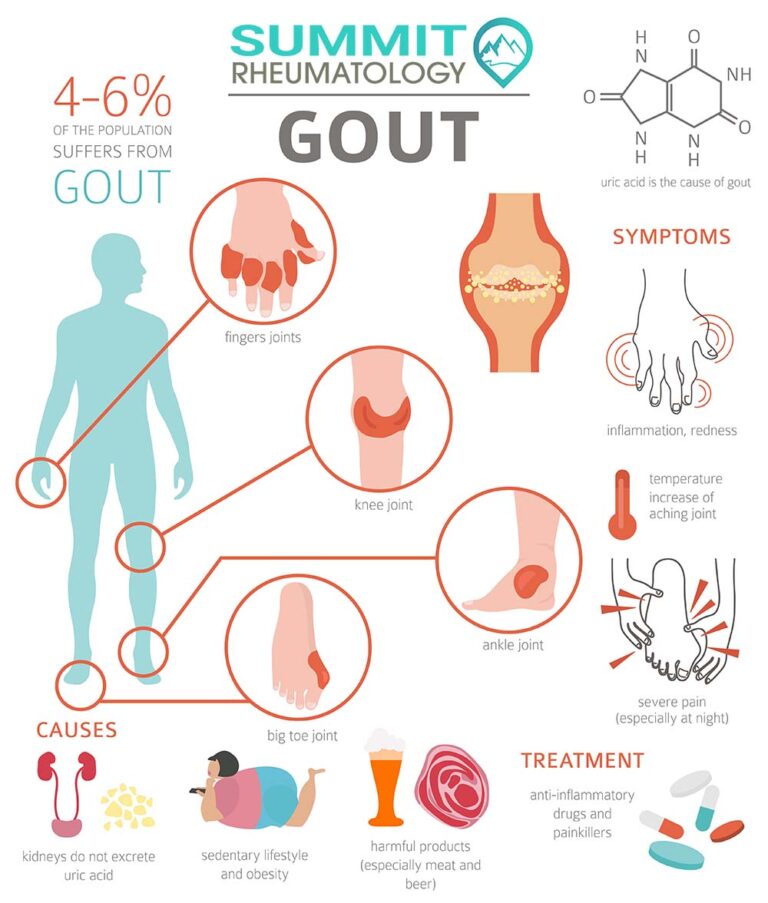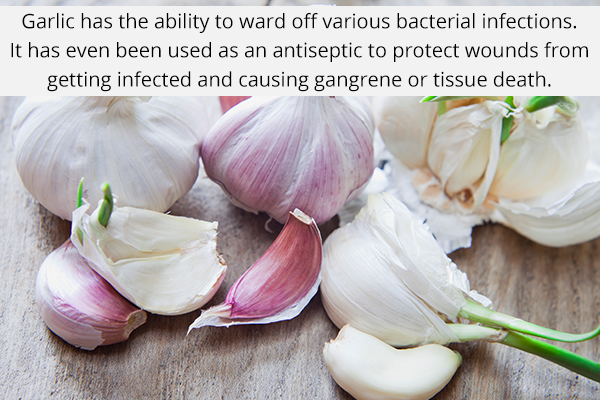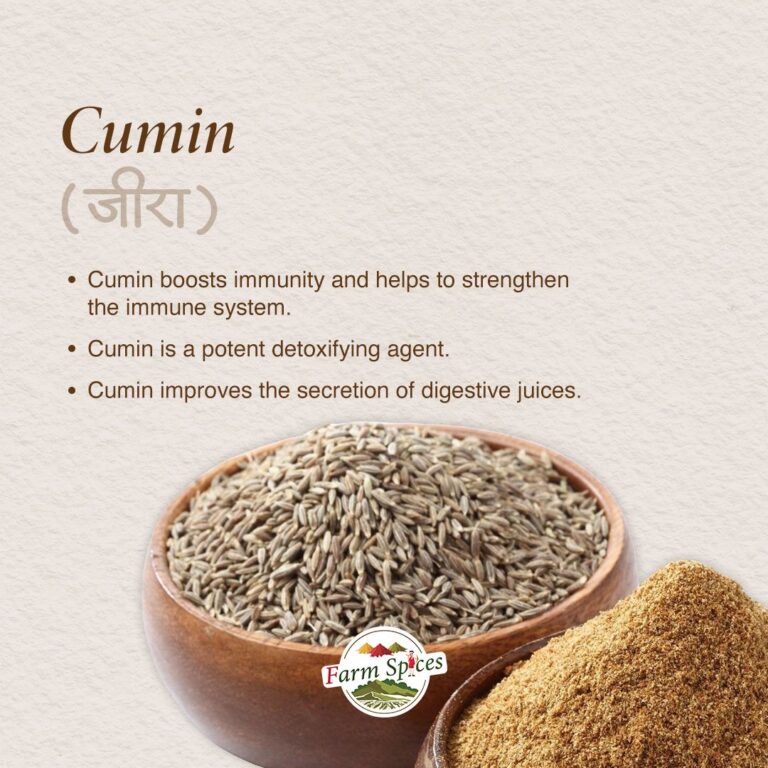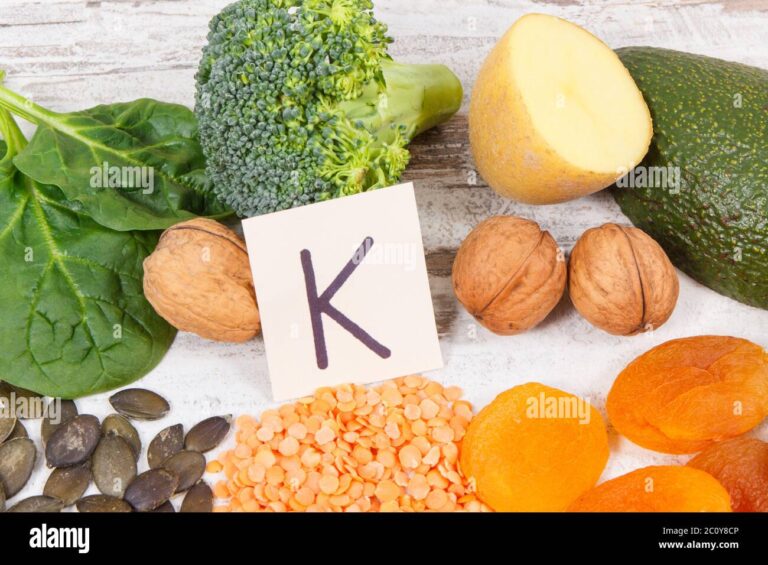The Unseen Architect of Wellness: Unveiling the Surprising Health Benefits of Cumin You Need to Know
In the sprawling tapestry of human civilization, few threads are as universally woven as the humble spice. From the arid plains of ancient Egypt to the bustling bazaars of modern India, spices have not merely seasoned our food but have fundamentally shaped our cultures, economies, and even our understanding of health. Among these aromatic treasures, one unassuming seed, often relegated to the background of a robust curry or a fiery chili, holds a narrative of wellness far grander than its size suggests: Cumin.
For millennia, Cuminum cyminum has embarked on an extraordinary journey, silently transforming dishes and discreetly nurturing health. It’s a story not just of flavor, but of profound biological alchemy, a testament to nature’s intricate wisdom. Yet, for many, cumin remains an enigma, its potent health benefits overshadowed by its culinary fame. This article aims to pull back the curtain, to tell the compelling story of cumin, revealing it not merely as a spice, but as an unsung hero of holistic health, whose surprising virtues are now being systematically affirmed by modern science. Prepare to embark on a fascinating exploration, for the tale of cumin is one of ancient wisdom meeting contemporary discovery, revealing an ingredient so powerful, it demands a permanent place in our wellness arsenal.
The Echoes of Time: Cumin’s Ancient Lineage
Our story begins in the mists of antiquity, tracing cumin’s origins back over 4,000 years to the Fertile Crescent. Archaeological excavations have unearthed cumin seeds in Syrian sites dating back to the second millennium BC, and it was a staple in ancient Egyptian kitchens, used not only for culinary purposes but also in the mummification process, a testament to its preservative and aromatic qualities. Imagine the pharaohs, their palates accustomed to its warm, earthy notes, unknowingly benefiting from its digestive prowess.
From Egypt, cumin’s influence spread like wildfire. The Greeks and Romans cherished it, not just as a seasoning but as a symbol of hospitality and even a beauty aid. Pliny the Elder, the Roman naturalist, noted its medicinal uses, while the philosopher Hippocrates, the father of Western medicine, prescribed it for various ailments. Its journey continued eastward, becoming an indispensable component of Ayurvedic and Traditional Chinese Medicine, where it was revered for its ability to balance doshas and invigorate qi. In these ancient healing systems, cumin wasn’t just a flavor enhancer; it was a fundamental pillar of wellness, prescribed for everything from digestive woes to fever reduction.
The Silk Road, that legendary network of trade routes, became cumin’s grand highway, carrying its seeds from the Middle East across Asia to India, where it found its most profound cultural and culinary home. It traversed oceans, reaching the Americas with Spanish and Portuguese explorers, forever altering the culinary landscapes of Mexico and Latin America. This extraordinary historical trajectory, spanning continents and millennia, underscores a profound truth: societies across time and space, independent of modern scientific validation, instinctively recognized something special, something powerfully beneficial, within these unassuming seeds. This collective, enduring intuition forms the prelude to our modern scientific understanding.
The Alchemist’s Secret: Decoding Cumin’s Bioactive Bounty
What is it about this small, oblong seed that has captivated civilizations for so long? The answer lies in its intricate chemical composition, a veritable treasure trove of bioactive compounds that act synergistically to produce its myriad health benefits. The true "story" of cumin’s wellness prowess is the story of these molecular architects.
At the heart of cumin’s therapeutic power is cuminaldehyde, a potent organic compound responsible for much of its characteristic aroma and a significant portion of its biological activity. But cuminaldehyde is not alone. It’s joined by a symphony of other volatile organic compounds (VOCs) and phytochemicals, including:
- Terpenes: Such as cymene, beta-pinene, and gamma-terpinene, known for their antioxidant and anti-inflammatory properties.
- Phenolic compounds: Including various flavonoids, which are powerful antioxidants that scavenge free radicals and protect cells from damage.
- Thymol: A potent antiseptic and antifungal compound.
- Linalool and Carvone: Contributing to its aroma and potentially offering sedative or digestive benefits.
Beyond these volatile oils, cumin also provides essential minerals like iron, manganese, and magnesium, and a decent dose of dietary fiber. It is this complex interplay of nutrients and phytochemicals that elevates cumin beyond a mere spice, transforming it into a functional food with remarkable therapeutic potential. Each compound plays a role, contributing to a grander narrative of healing and protection within the human body.
The Digestive Dynamo: A Symphony for the Gut
For many, the first encounter with cumin’s medicinal side is often its profound impact on digestion. This isn’t anecdotal; it’s one of the most thoroughly researched and universally acknowledged benefits, rooted deeply in traditional medicine and now affirmed by contemporary science.
Imagine a bustling marketplace within your gut, where nutrients are absorbed, and waste is processed. Cumin acts as a gentle, yet powerful, regulator in this intricate system. Its primary mechanism lies in stimulating the secretion of pancreatic enzymes, particularly amylase, lipase, and protease, which are crucial for breaking down carbohydrates, fats, and proteins, respectively. This enhanced enzymatic activity means food is more efficiently digested, reducing the burden on the digestive system.
Furthermore, cumin has been shown to increase the secretion of bile acids from the liver. Bile is essential for the emulsification and absorption of dietary fats and fat-soluble vitamins. By optimizing bile flow, cumin not only aids fat digestion but also helps prevent issues like bloating and indigestion that often follow a rich meal.
Beyond enzymes and bile, cumin’s carminative properties are legendary. It helps to relax the smooth muscles of the gastrointestinal tract, alleviating spasms and reducing the formation and accumulation of gas. For those who suffer from irritable bowel syndrome (IBS), characterized by abdominal pain, bloating, and altered bowel habits, cumin has emerged as a promising natural remedy. Studies have indicated that cumin extract can significantly improve IBS symptoms, likely due to its anti-spasmodic and anti-inflammatory effects. It’s like a calming balm for an irritated gut, helping to restore balance and comfort. The narrative here is clear: cumin is a steadfast ally for digestive harmony, transforming discomfort into ease.
The Antioxidant Avenger: Shielding Your Cells from Damage
In the relentless battle against aging and disease, our bodies are constantly bombarded by free radicals – unstable molecules that can damage cells, DNA, and proteins, leading to oxidative stress. Oxidative stress is a fundamental driver of chronic diseases, from heart disease and cancer to neurodegenerative disorders. Enter cumin, the unsung antioxidant avenger.
The story of cumin’s antioxidant prowess is primarily told through its rich concentration of phenolic compounds and flavonoids. These compounds act as molecular bodyguards, tirelessly seeking out and neutralizing free radicals before they can inflict damage. Cuminaldehyde, specifically, has demonstrated significant free radical scavenging activity, effectively disarming these cellular aggressors.
Think of it like this: your cells are precious jewels, and free radicals are tiny, destructive burglars. Cumin’s antioxidants are the vigilant security system, intercepting these threats and preserving the integrity of your cellular structures. By mitigating oxidative stress, cumin plays a crucial role in preventing cellular aging and reducing the risk of numerous chronic diseases. It supports the body’s intrinsic repair mechanisms, helping to maintain cellular health and vitality, painting a picture of long-term protection and resilience.
Quelling the Flames: Cumin as an Anti-Inflammatory Agent
Inflammation is the body’s natural response to injury or infection, a vital part of the healing process. However, when inflammation becomes chronic – a persistent, low-grade smoldering – it turns from a protective mechanism into a destructive force, contributing to conditions like arthritis, heart disease, metabolic syndrome, and even certain cancers. Cumin, in its quiet power, offers a compelling counter-narrative.
The anti-inflammatory properties of cumin are attributed to several of its bioactive compounds, particularly the terpenes and phenolic compounds. These molecules have been shown to modulate inflammatory pathways, inhibiting the production of pro-inflammatory cytokines and enzymes (like COX-2, a target of many NSAIDs).
For individuals grappling with inflammatory conditions such as rheumatoid arthritis or osteoarthritis, the inclusion of cumin in their diet could offer a gentle, natural approach to symptom management. While it’s not a magic bullet, it works synergistically with other anti-inflammatory foods and treatments to reduce systemic inflammation. Imagine the relief of joint pain easing, the swelling receding, thanks to the subtle intervention of a spice. Cumin’s story here is one of calming the storm, bringing peace to agitated tissues and fostering an environment conducive to healing.
The Metabolic Maestro: Aiding Weight Management
In an era grappling with the complexities of obesity and metabolic health, the quest for natural aids is ceaseless. Cumin, surprisingly, emerges as a potential ally in this often-challenging journey. Its narrative in weight management is multifaceted, impacting several physiological processes.
One of the most exciting findings revolves around cumin’s ability to influence lipid metabolism. Studies have indicated that cumin, particularly in the form of black cumin (Nigella sativa, though Cuminum cyminum also shows promise), can help reduce body weight, body fat percentage, and waist circumference. While the exact mechanisms are still being fully elucidated, they are believed to involve:
- Enhanced Thermogenesis: Some components of cumin may subtly increase the body’s metabolic rate, leading to greater calorie expenditure.
- Improved Insulin Sensitivity: By improving how cells respond to insulin, cumin can help regulate blood sugar levels, preventing spikes and crashes that often lead to cravings and fat storage.
- Appetite Regulation: Cumin might influence satiety hormones, potentially leading to reduced food intake.
- Cholesterol and Triglyceride Reduction: By optimizing fat metabolism, cumin helps lower harmful LDL cholesterol and triglycerides, which are often elevated in individuals with metabolic syndrome.
One notable study involving overweight and obese women demonstrated that daily consumption of cumin powder, combined with lifestyle modifications, led to significant reductions in weight, BMI, waist circumference, and body fat percentage compared to a placebo group. This suggests that cumin isn’t just a passive bystander but an active participant in the complex dance of metabolism, offering a promising, natural complement to weight management strategies. It’s a story of subtle nudges towards a healthier metabolic state.
The Blood Sugar Balancer: A Friend to Diabetics
Diabetes, particularly type 2, is a global epidemic, characterized by the body’s inability to effectively manage blood sugar levels. The good news is that dietary interventions play a significant role in both prevention and management. Here, cumin steps onto the stage as a compelling natural agent for blood sugar control.
Research indicates that cumin can help improve insulin sensitivity, meaning the body’s cells become more responsive to insulin, the hormone responsible for ferrying glucose from the bloodstream into cells for energy. When insulin sensitivity is high, blood glucose levels remain stable. When it’s low (insulin resistance), glucose accumulates in the blood, leading to hyperglycemia.
Furthermore, cumin may help reduce the absorption of glucose from the gut and potentially decrease glucose production by the liver. Some studies have shown that cumin supplementation can significantly lower fasting blood glucose levels, HbA1c (a long-term marker of blood sugar control), and improve lipid profiles in individuals with type 2 diabetes.
This aspect of cumin’s story is particularly empowering for those navigating the challenges of diabetes. It offers a natural, palatable way to support healthy blood sugar regulation, working in concert with other dietary and medical strategies. It’s a narrative of gentle yet effective modulation, helping the body regain its balance.
The Heart’s Guardian: Cumin and Cardiovascular Wellness
Heart disease remains the leading cause of mortality worldwide, driven by a complex interplay of factors including high cholesterol, high blood pressure, and inflammation. Cumin’s multifaceted actions position it as a potential guardian for cardiovascular health, weaving a protective narrative for the heart.
One of cumin’s most significant contributions to heart health is its ability to modulate cholesterol levels. Studies have consistently shown that cumin can help lower levels of "bad" low-density lipoprotein (LDL) cholesterol and triglycerides, while sometimes even increasing "good" high-density lipoprotein (HDL) cholesterol. This favorable shift in lipid profile is crucial for preventing the buildup of plaque in arteries (atherosclerosis), a primary cause of heart attacks and strokes. The mechanisms behind this include enhancing bile acid synthesis, which uses up cholesterol, and inhibiting cholesterol absorption in the gut.
Beyond cholesterol, cumin’s antioxidant and anti-inflammatory properties further protect the cardiovascular system. By reducing oxidative stress on blood vessels and calming systemic inflammation, it helps maintain the elasticity and health of arteries, preventing damage that can lead to hypertension and other cardiac issues.
Moreover, some research suggests cumin may have a mild hypotensive effect, helping to regulate blood pressure. While not a replacement for prescribed medication, its inclusion in a heart-healthy diet can contribute to overall cardiovascular resilience, offering a natural layer of defense for the heart. It’s a story of comprehensive care, addressing multiple risk factors simultaneously.
Beyond the Core: A Spectrum of Emerging Benefits
The story of cumin’s health benefits extends far beyond these primary narratives, touching upon areas that are still subjects of active scientific inquiry but show immense promise.
1. Antimicrobial and Antifungal Prowess
Cumin has a long history of use as a food preservative, a role that hints at its antimicrobial capabilities. Modern research has validated this, showing that cumin essential oil and extracts possess potent antimicrobial properties against various bacteria (including some drug-resistant strains) and fungi. This could be beneficial not only in preventing food spoilage but also in fighting certain internal infections and supporting gut microbiome balance by inhibiting the growth of harmful pathogens.
2. Potential Anti-Cancer Properties
Perhaps one of the most exciting, albeit preliminary, chapters in cumin’s story is its potential as an anti-cancer agent. Test-tube and animal studies have demonstrated that cumin, particularly its active compound cuminaldehyde, can inhibit the proliferation of certain cancer cells, induce apoptosis (programmed cell death), and prevent tumor growth. While more human research is needed, these findings suggest that cumin could play a supportive role in cancer prevention and treatment, adding another layer to its protective narrative.
3. Iron Fortification and Anemia Prevention
Cumin is a surprisingly good source of iron, a vital mineral crucial for oxygen transport in the blood and preventing iron-deficiency anemia. For individuals, particularly women, who are at risk of anemia, incorporating cumin into their diet can be a simple, flavorful way to boost their iron intake. This practical benefit highlights cumin’s nutritional value alongside its therapeutic compounds.
4. Cognitive Enhancement and Neuroprotection
Emerging research hints at cumin’s potential role in cognitive health. Its antioxidant and anti-inflammatory properties may protect brain cells from oxidative damage and reduce neuroinflammation, factors implicated in neurodegenerative diseases like Alzheimer’s and Parkinson’s. Some animal studies have shown that cumin extract can improve memory and reduce oxidative stress in the brain. While this chapter is still being written, it offers a fascinating glimpse into cumin’s broader impact on well-being.
5. Detoxification Support
Cumin’s role in stimulating digestive enzymes and bile flow indirectly supports the body’s natural detoxification processes. By aiding efficient digestion and elimination, it helps the body rid itself of toxins and metabolic waste products. Its antioxidant content also supports liver function, a key organ in detoxification.
Bringing Cumin to Your Plate: A Practical Epilogue
Having journeyed through the remarkable narrative of cumin’s health benefits, the natural question arises: how can one harness this powerhouse spice in daily life? The beauty of cumin lies in its versatility and ease of incorporation.
Forms of Cumin:
- Whole Seeds: Offering a more intense, nutty flavor when toasted before grinding or added directly to dishes. Ideal for tempering oils (tadka), making spice blends, or infusing teas.
- Ground Powder: Convenient for quick addition to curries, stews, rubs, marinades, and dips. Its flavor is more mellow than whole seeds.
- Cumin Essential Oil: Highly concentrated and potent, primarily used topically (diluted) or aromatically, and should be used internally only under professional guidance due to its strength.
- Cumin Tea: A simple infusion of whole or ground cumin in hot water, often used traditionally for digestive relief.
Culinary Integration:
- Spice Blends: A cornerstone of garam masala, chili powder, curry powder, and various Mexican and Middle Eastern spice mixes.
- Roasting Vegetables: Toss vegetables with olive oil and ground cumin before roasting for an earthy flavor boost.
- Legumes and Grains: Indispensable in lentil dishes (dals), chickpeas, black beans, and rice preparations like pulao or biryani.
- Soups and Stews: Adds depth and warmth to hearty soups and stews.
- Marinades and Rubs: Excellent for meats, poultry, and fish, especially in grilling or roasting.
- Yogurt and Dips: A pinch of roasted ground cumin can elevate raita, hummus, or guacamole.
- Infused Water/Tea: For a simple digestive aid, steep a teaspoon of whole cumin seeds in hot water for 5-10 minutes, strain, and drink.
Dosage and Precautions:
While cumin is generally safe for most people when consumed in culinary amounts, concentrated supplements or essential oils require more caution. Pregnant or breastfeeding women, individuals with bleeding disorders, or those undergoing surgery should consult a healthcare professional before taking high doses of cumin supplements, as it may have anticoagulant properties. Excessive consumption can also lead to heartburn or digestive upset in some sensitive individuals. As with any natural remedy, moderation and listening to your body are key.
The Final Chapter: Cumin, a Story of Empowerment
Our journey through the world of cumin reveals a narrative far richer and more profound than its humble appearance suggests. From its ancient roots as a revered medicinal spice across diverse civilizations to its modern scientific validation as a potent ally against a spectrum of ailments, cumin embodies the timeless wisdom of nature.
It is a story of a silent sentinel guarding our digestive health, a vigilant protector against oxidative stress, a gentle balm for inflammation, and a subtle conductor in the symphony of our metabolism. It speaks of a simple seed with the power to balance blood sugar, safeguard the heart, combat microbes, and even whisper promises of cancer prevention and cognitive enhancement.
In an age often characterized by the pursuit of complex solutions, the story of cumin reminds us of the extraordinary power residing in the ordinary. It invites us to reconnect with the foundational elements of our diet, to recognize the profound impact that a single, unassuming spice can have on our overall well-being.
So, the next time you encounter cumin, whether in a fragrant dish or as a potent supplement, remember its epic journey. Remember the generations who intuitively understood its power. And remember that within that tiny seed lies an unseen architect of wellness, patiently waiting to tell its surprising, empowering story within you. Let cumin not just flavor your food, but enrich your life, one healthful sprinkle at a time.


